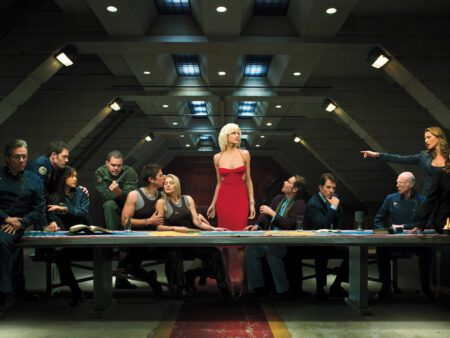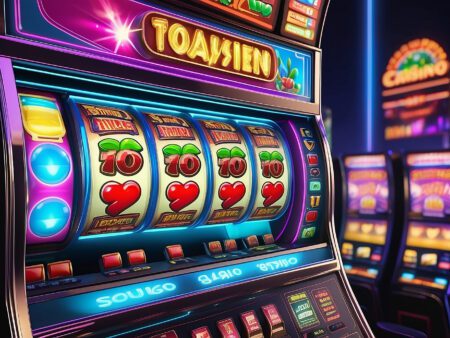Delve into the world of Blackjack, mastering the fundamental strategy and exploring advanced techniques for gaming success.
The Art of Blackjack: Mastering Basic Strategy and Beyond
Blackjack, often referred to as ’21’, is more than just a game of luck. It’s a strategic dance between player and dealer, where every move matters. While the objective — achieving a hand value closer to 21 than the dealer without going over — seems simple, the game’s intricacies can take a lifetime to master. Whether you’re a novice aiming to understand the basics or an intermediate player looking to refine your skills, this guide covers the essentials of Blackjack strategy and offers insights to elevate your gameplay.
The Foundations of Blackjack
Before diving into strategy, it’s essential to understand the game’s core mechanics:
- Card Values: Cards 2 through 10 are worth their face value. Kings, Queens, and Jacks are each worth 10, while Aces can be worth 1 or 11, depending on which value benefits the hand more.
- The Deal: Players are dealt two cards, both face-up. The dealer receives two cards, one face-up (known as the ‘upcard’) and one face-down (the ‘hole card’).
- Blackjack: If a player’s first two cards total 21 (an Ace and a 10-value card), it’s called a ‘Blackjack’ and usually pays 3:2.
The Basic Strategy: Your Blackjack Blueprint
Often depicted in a chart, the Basic Strategy is a mathematically proven method that gives the player the best odds in the long run. Here’s a simplified breakdown:
- Hard Totals (No Ace):
- 8 or less: Always hit.
- 9: Double if the dealer has 3-6, otherwise hit.
- 10: Double if the dealer has 2-9, otherwise hit.
- 11: Double if the dealer has 2-10, hit against a dealer Ace.
- 12: Hit against a dealer 2 or 3, stand against 4-6, otherwise hit.
- 13-16: Stand against a dealer 2-6, otherwise hit.
- 17 or more: Always stand.
- Soft Totals (With an Ace):
- A2-A6: Always hit.
- A7: Stand against a dealer 2-7, otherwise hit.
- A8-A9: Always stand.
- Pairs:
- Aces & 8s: Always split.
- 2s, 3s, and 7s: Split against a dealer 2-7.
- 4s: Split against a dealer 5-6.
- 5s: Never split, treat as a total of 10.
- 6s: Split against a dealer 2-6.
- 9s: Split against a dealer 2-6 and 8-9. Stand against a dealer 7, 10, or Ace.
- 10s: Never split, stand.
Beyond Basic Strategy: Advanced Techniques
- Card Counting: This involves tracking the ratio of high to low-value cards in the deck. Higher ratios favor the player, while lower ratios favor the dealer.
- Shuffle Tracking: A card-counting extension, this technique involves tracking groups of cards during shuffles.
- Hole Carding: Spotting the dealer’s hole card can provide a significant advantage. However, this requires sharp observation and is rarely possible in professional settings.
- Bankroll Management: Crucial for long-term success, this involves managing your bets based on your total bankroll, ensuring you never over-bet or risk too much.
Conclusion
Blackjack, at its core, is a blend of chance and strategy. By mastering the basic strategy and exploring advanced techniques, players can significantly reduce the house edge and enhance their chances of success. Remember, while strategies enhance gameplay, the most crucial aspect is to enjoy the game and gamble responsibly.










